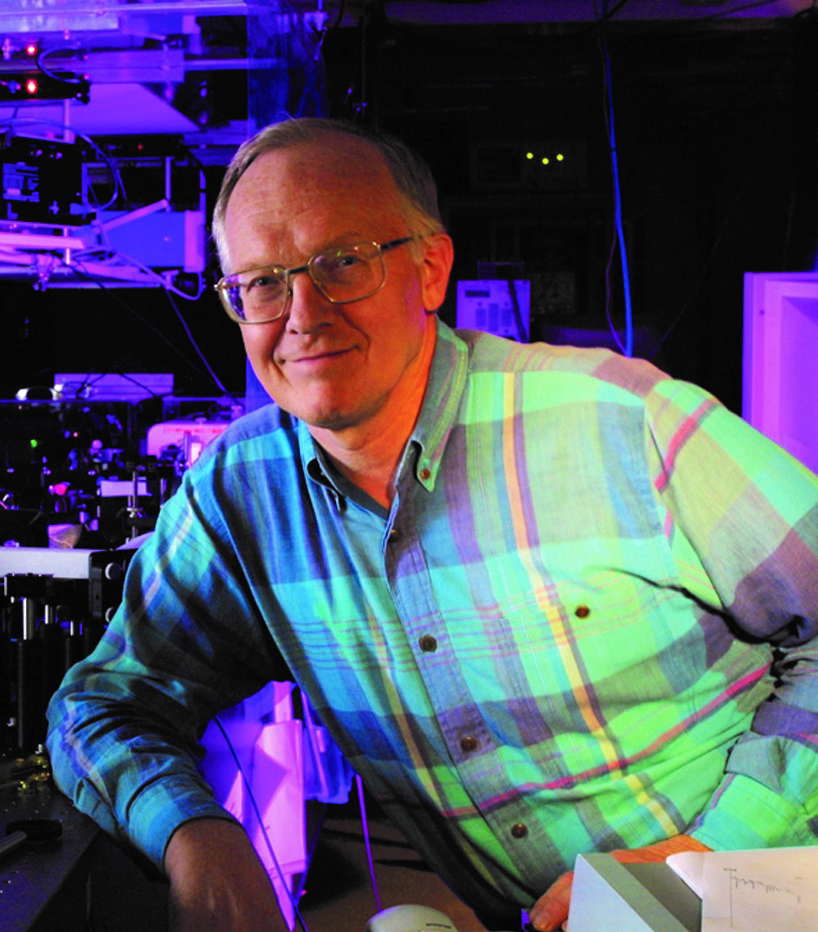Paul B. Corkum
Paul B. Corkum

A Canadian originally from Saint John, New Brunswick, Paul Corkum is a Fellow of Optica, the Royal Society (of London) and a foreign member of both the US and Austrian Academies of Sciences. He has been awarded the King Faisal Prize for science, the Harvey Prize for science, the Frederic Ives Medal/Quinn Prize and the Charles H. Townes Award, the IEEE’s Quantum Electronics Award, the American Physical Society’s Arthur L. Schawlow Prize, and the American Chemical Society’s Zewail Prize.
Dr. Corkum uses the interaction of intense, short, infrared light pulses with atoms or molecules to generate coherent soft X-ray radiation and attosecond light pulses. The extreme nonlinear physics underlying these processes arises when intense laser light ionizes the material and controls the ionized electrons. These light-controlled electrons produce coherent soft X-ray radiation when the electric field of the laser pulse forces each electron to re-collide (and recombine) with the ion from which it left. The attosecond soft X-ray pulses that this recombination produces are the shortest controlled light flashes currently available to science.
The re-colliding electron wave packet has other options as well. It can diffract from its parent molecule, imaging the atomic positions or it can interfere with its parent orbital providing an orbital image of the electron from which it originated. To use modern terminology, these are two ways that a molecule can take a “selfie” (and there are others).
Attosecond science opens the potential for new measurement methods. These have been a particular focus of Dr. Corkum’s work during the past few years. For example, his group has measured the space-time image of an attosecond pulse and they have time resolved the multi-electron wave packets launched in the ion by an electron when it tunnels from a CO2 molecule.
Document Created: 26 July 2023
Last Updated: 18 November 2024
